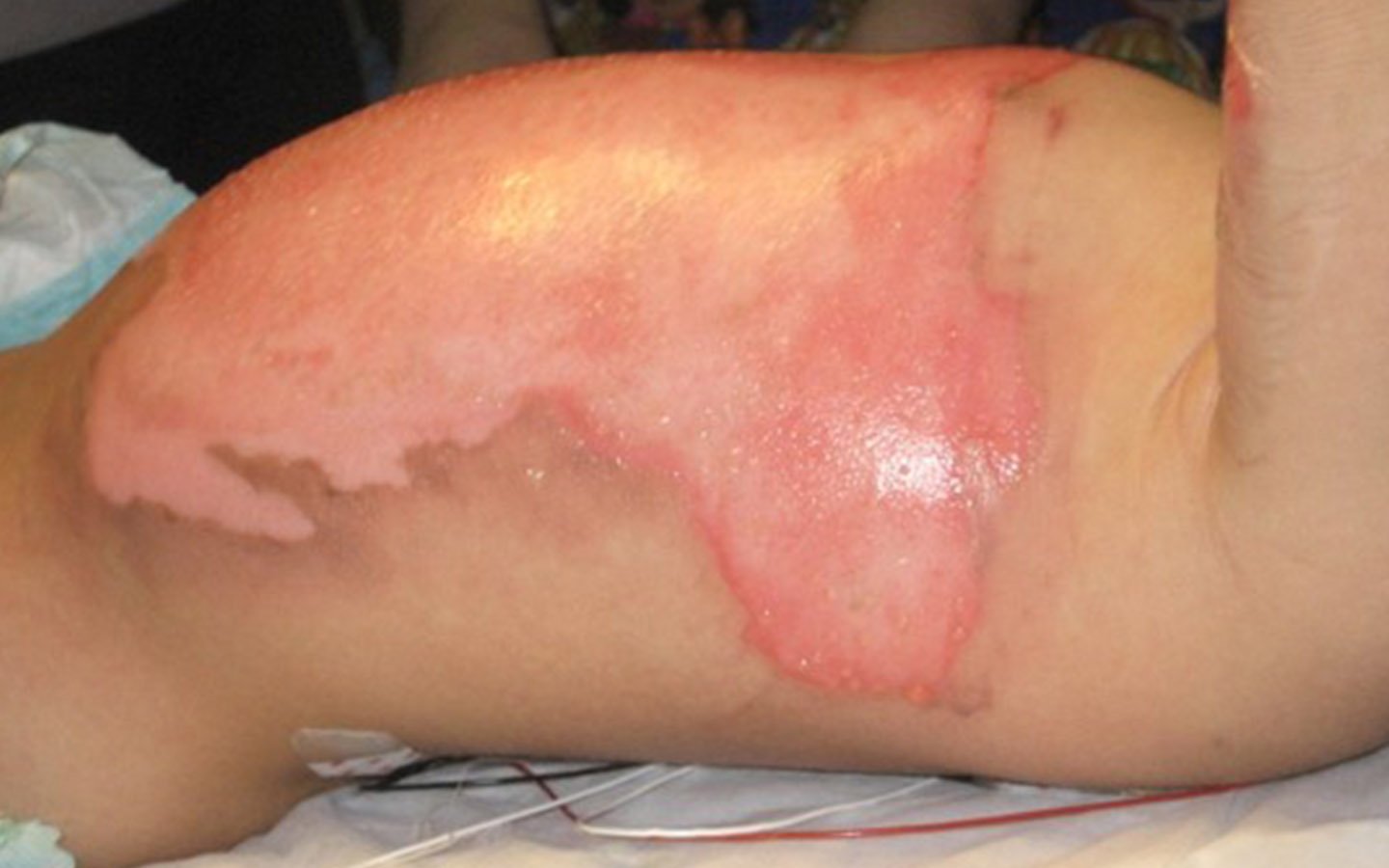

Antibiotics for dirty wounds are part of the treatment because the infection is already established. Antibiotic prophylaxis may be indicated for clean-contaminated wounds and is usually recommended for contaminated wounds. Techniques applied to the patient to prevent wound infections include:Īntiseptic wound cleansers are adequate for clean wounds or lightly contaminated wounds. Scrubbing up followed by appropriate sterile attire.Staff with infections excluded from duty.Surgical team members educated in aseptic technique Sterilisation of surgical instruments, sutures etc according to guidelines.Maintain positive pressure ventilation of operating theatre.Theatre environment and care of instruments The following factors or methods external to the patient are used to prevent infection. The goal of wound infection management is to prevent or minimise the risk of infection. Intraperitoneal abscess formation or visceral perforation.Opening to internal organs with inflammation or spillage of contents.No evidence of infection or major break in aseptic techniqueĬontaminated wound, for example, colectomy due to obstruction.Opening to internal organ but minimal or no spillage of contents.Certain types of surgery carry a higher risk of contamination than others and have led to the following classification of surgical wounds.Ĭlean-contaminated wound, for example, an appendicectomy The risk of wound infection varies with the type of surgery. The most common causative organisms associated with wound infections include Staphylococcus aureus/ MRSA, Streptococcus pyogenes, Enterococci and Pseudomonas aeruginosa. Self-contamination – physical migration of the patient’s own endogenous flora which is present on the skin, mucous membranes or gastrointestinal tract to the surgical site.Airborne dispersal – surrounding air contaminated with micro-organisms that deposit onto the wound.Direct contact – transfer from surgical equipment or the hands of the surgeons or nurses.

There are a number of ways microorganisms can get into wounds. Wound infections are caused by the deposition and multiplication of microorganisms in the surgical site of a susceptible host. Surgical site infections do not include a stitch abscess, episiotomy infection, newborn circumcision scar, or infected thermal burn wound.

#Infected cut skin#
Wounds break the continuity of the skin and allow organisms to gain access to tissues and cause infection. Organ/space SSI - infection involves any part of the anatomy in organs and spaces other than the incision, which was opened or manipulated during the operation.Īlthough this definition of wound infection is restricted to those arising from a surgical incision, a broader and more general definition would be an infection of a wound caused by physical injury of the skin as a result of penetrating trauma from plants, animals, guns, knives or other objects.Deep incisional SSI - infection involves deep tissues, such as facial and muscle layers.Superficial incisional SSI – infection involves only skin and subcutaneous tissue of incision.Wound infection is defined by the US Centre for Disease Control and Prevention (CDC) as surgical site infection (SSI).


 0 kommentar(er)
0 kommentar(er)
